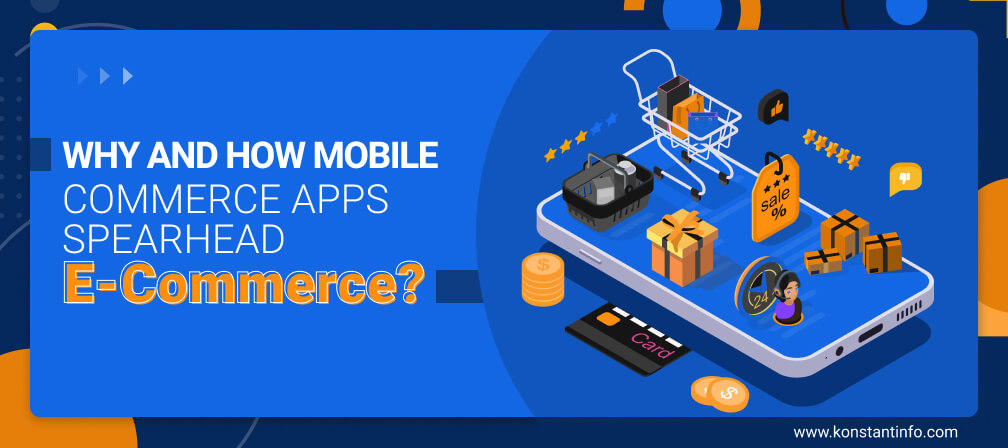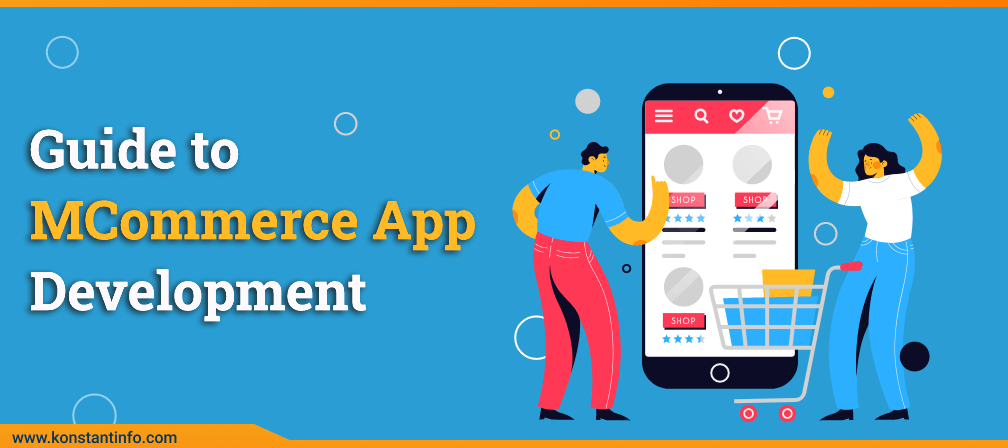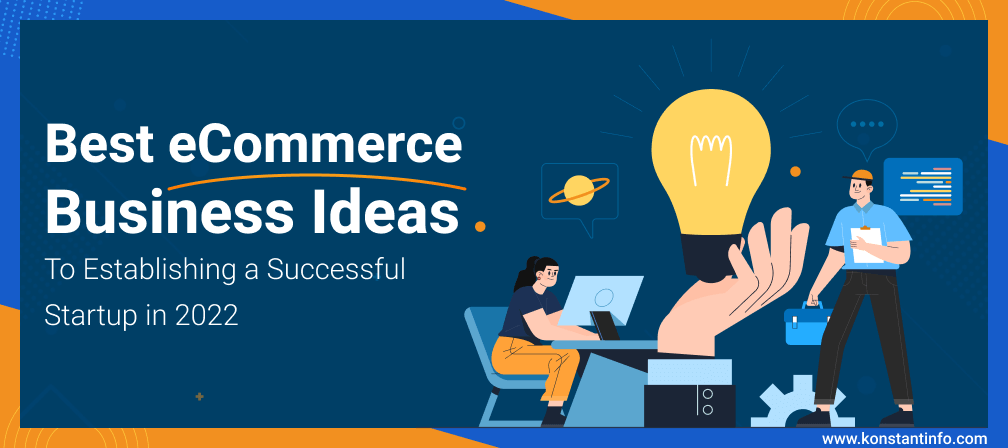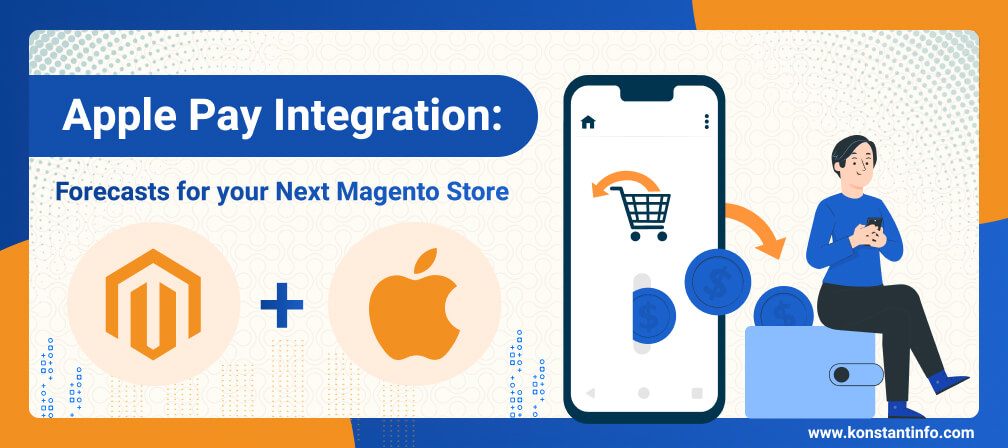
Table of Contents
Mobile commerce is amongst the five e-commerce trends to maximize in 2021. Undoubtedly, mobile phones steer internet traffic these days with mobile e-commerce applications spearheading the sales. Mobile e-commerce is coming up for banking/transferring money, online shopping, paying bills, booking tickets, online food ordering, and vehicle booking, etc. It is therefore pertinent to optimize your website for mobile devices (PWA’s) as it is directly proportional to sales and potential conversions.
Big brands are trying to better off with their e-commerce shopping experiences via progressive web applications (PWA). It works regardless of the network and makes it easy for the end-users to visit the website and grab any upcoming offers with the push notifications on the home screen of the mobile device.
We do not necessarily require Artificial Intelligence or rich applications to be a part of this growth with customers. The rise in the use of mobile phones to fulfill their daily shopping needs is spontaneous and comes organically if retailers are ready to accept the transformation to mobilization.
An increased data storage, unlimited data plans, ease of use, and consumer confidence with data protection are some of the factors that motivate consumers to accept the mobile device as a mechanism to purchase products more readily than today than in previous years. Resultantly, mobile users add apps to their devices and convert more often from browser to purchaser.
Retailers can optimize new shopping behavior by not over-engineering the apps. Retailers try keeping it simple and less time-consuming by focussing on converting the shopper to a purchaser with the ease of app usage and basic personalization. Once they try layering the app with augmented reality and artificial intelligence, it creates a more complex infrastructure requiring additional upkeep. But certain retailers gradually increase functionality and have experienced success. Illustrative e-commerce mobile app features:
Front-End Technologies for Mobile E-Commerce App
Back-End Technologies for Mobile E-Commerce App
For iOS
For Android
For Cross-Platform Application Development
For Hybrid Application Development
LAMP Stack
This is the quickest technology stack but is not highly performant and scalable.
Python-Django
Django is used along with Python to level up security for backend development.
MEAN Stack
This is one of the best technology stacks for an e-commerce website and is currently being used by many online stores.
.NET Stack
This proprietary stack by Microsoft has partially become open source.
Besides there are some popular web technology solutions for E-Commerce For Mobiles include:
| Benefits | Cons |
|---|---|
|
|
The mobile monetization gap or the variation in-between browsing on the mobile device and actual purchasing, hits the online market sales, reducing it potentially to a bare minimum.
To overcome this, retailers focus on improving mobile app design for improved consumer usability and overall experience, enabling customers to complete their app purchase instead of mere browsing.
E-commerce companies often layer their applications with AI-enabled chatbots and mobile messaging capabilities reducing the chances of consumers switching to web or desktop versions of the applications.
Alternatively, it is convenient for the consumers to make use of mobile phones to complete their search and purchase, going forward with lots of payment options, saving browsing history, getting back to the saved cart, and other categories that they explored previously.
A move to 5G networks can open up various options for the shoppers to quickly stream HD videos and consume content at a faster rate.
Konstant works on popular technology stacks and is keenly aware of the negatives and positives of various front-end and back-end technologies in mobile commerce app development. Align with our experts to get an insight!



Neeti Kotia is a technology journalist who seeks to analyze the advancements and developments in technology that affect our everyday lives. Her articles primarily focus upon the business, social, cultural, and entertainment side of the technology sector.
Or send us an email at: [email protected]